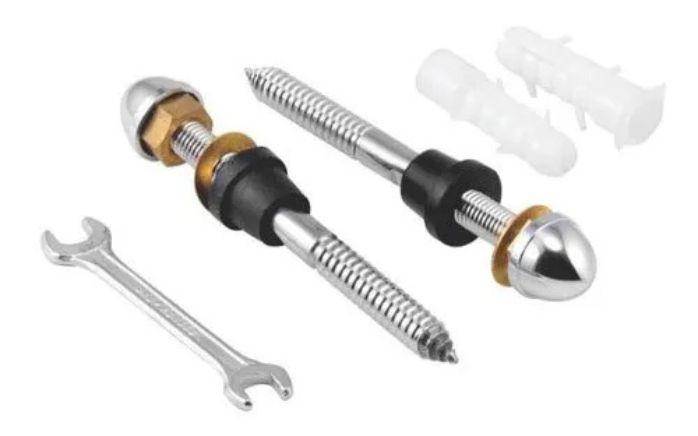Rock Bolt
Minimum Order : 100 Items
Customization as per requirements
Rock Bolt – Specification
| Size | 5 |
|---|---|
| Type | Bolt, Coated, Nut, Nails, Screw, Custom Fasteners, Washer, Rivet, Threaded Rod, Studs |
| Standard | Din, Iso, Jis, Gb, Bs, Is, Astm |
| Length | 10 |
| Material | Silicon Bronze, Stainless Steel, Phosphor Bronze, Monel, Inconel, Incoloy, Hastelloy, Nickel |
Rock Bolt Manufacturer in india
Frequently Asked Questions
What is the primary purpose of a rock bolt in underground mining and tunneling?
The primary purpose of a rock bolt is to provide support and stabilization to rock masses by reinforcing and holding fractured or weak rock together. It helps prevent rockfalls and ensures the structural integrity of tunnels, mines, and slopes.
What are the different types of rock bolts commonly used in geotechnical engineering?
The most common types of rock bolts include: Mechanical Anchored Rock Bolts: Use expansion shells to create anchorage. Resin-Grouted Rock Bolts: Bonded with resin for strong, permanent support. Cement-Grouted Rock Bolts: Embedded in cement grout for long-term stabilization. Friction Rock Bolts (Split Set): Relies on friction between the bolt and rock to provide support.
How is a rock bolt installed in a tunnel or underground excavation?
The installation process involves: Drilling a hole into the rock surface. Inserting the rock bolt along with anchoring material (resin, grout, or mechanical expansion shell). Securing the bolt by tightening it or allowing the grout to set. Attaching a faceplate or washer to distribute the load evenly.
Get Quote Instantly
Countries We Export – Rock Bolt
- India
Cities We Supply – Rock Bolt
- Ahmadpur
- Ahmadnagar
- Ahmedabad
- Bangalore Urban
- Bangalore Rural
- Bengaluru
- Coimbatore
- Chennai
- Chandigarh
- Haridwar
- Hyderabad
- Jaipur
- Jodhpur
- Jodhpur (ahmedabad)
- Kalyan
- Kolhapur
- Mumbai
- Mumbai Suburban
- Murud (raigad)
- Nagpur
- Lucknow
- New Delhi
- Navi Mumbai
- Kolkata
- Nashik
- Pune
- Raipur
- Rajkot
- Rampura
- Sion, Mumbai
- Surat
- Thane
- Varanasi
- Visakhapatnam
- Moradabad
- Angul
- Rudrapur
- Hosdurg
- Gandhinagar
- Rajahmundry
- Durgapur
- Bharuch
- Panipat
Industries We Serve – Rock Bolt
Oil And Gas Industries
Paper Mill
Bridge And Building
Aerospace Industries
Automobile Industry
Electrical Industry
Defense Industry
Construction & Fabrications








